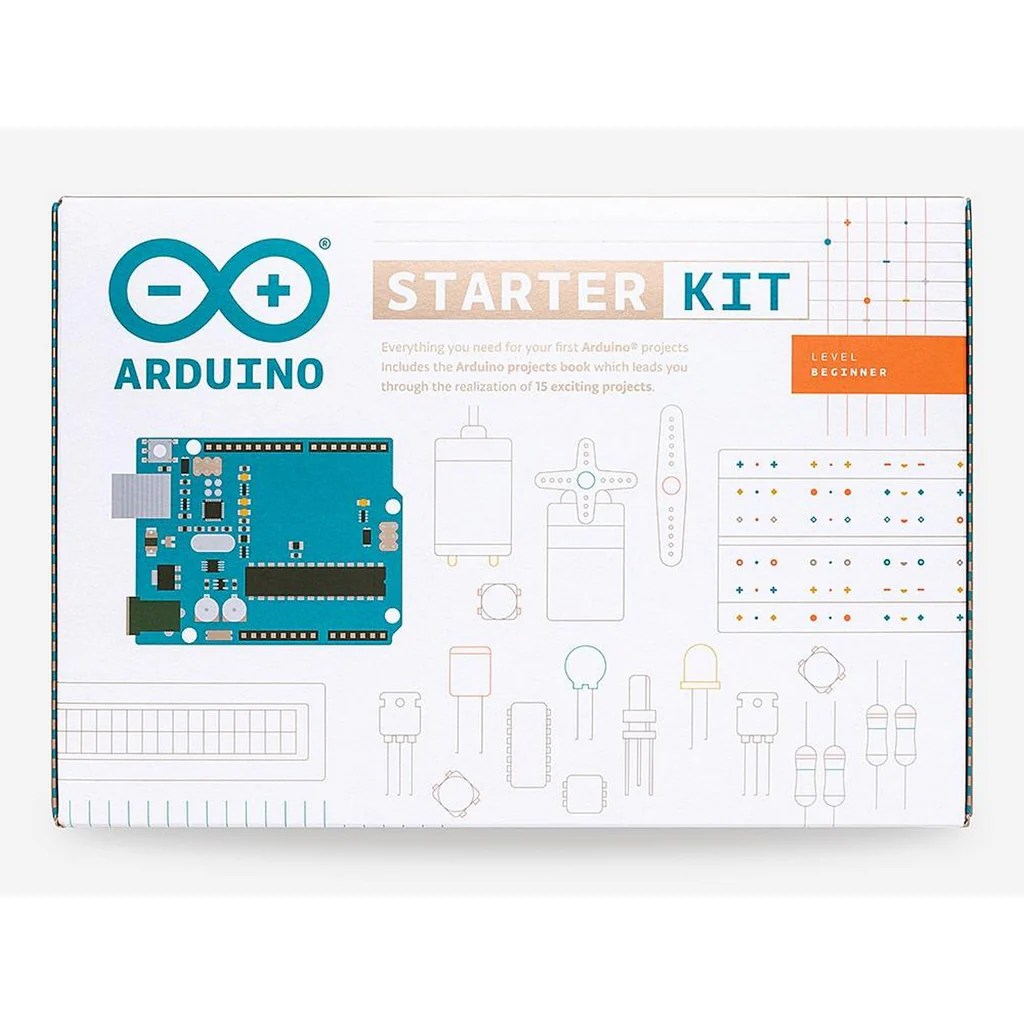What is a linear story? It is a narrative structure that presents events in a chronological sequence, with a clear beginning, middle, and end. This storytelling technique has been a cornerstone of literature, film, and television for centuries, captivating audiences with its straightforward and engaging approach.
Linear storytelling relies heavily on cause-and-effect relationships, where each event logically follows from the previous one. This creates a sense of order and predictability, allowing readers or viewers to follow the plot easily and connect with the characters’ experiences.
What is a Linear Story?

A linear story is a narrative that follows a chronological sequence of events, with a clear beginning, middle, and end. It is a traditional and widely used storytelling structure that presents a logical progression of events, cause-and-effect relationships, and character development.
Defining Linear Storytelling
Linear storytelling is a narrative structure that presents events in a chronological order, following a cause-and-effect relationship. It is characterized by a clear beginning, middle, and end, with each event leading logically to the next.
Characteristics of Linear Narratives
- Chronological sequence of events
- Cause-and-effect relationships
- Clear beginning, middle, and end
- Focus on a single storyline
Structure and Progression
The structure of a linear story typically follows a three-act structure: exposition, rising action, climax, falling action, and resolution. Events are presented in a chronological order, with each event building upon the previous one to create a logical progression.
Exposition
The exposition introduces the characters, setting, and conflict.
Rising Action
The rising action presents a series of events that build tension and lead to the climax.
Climax
The climax is the turning point of the story, where the conflict is resolved.
Falling Action
The falling action presents the consequences of the climax and leads to the resolution.
Resolution
The resolution provides a final outcome to the story.
Advantages and Disadvantages
Advantages of Linear Storytelling
- Easy to follow and understand
- Provides a clear sense of progression
- Builds suspense and tension effectively
- Can be used in a wide variety of genres
Disadvantages of Linear Storytelling
- Can be predictable
- May lack complexity
- Can be difficult to introduce flashbacks or flashforwards
Comparison to Other Narrative Structures
Linear storytelling is often compared to non-linear storytelling, which presents events out of chronological order. Non-linear storytelling can be more complex and challenging to follow, but it can also create a sense of suspense and surprise.
Examples and Applications
Linear storytelling is used in a wide variety of genres and mediums, including literature, film, and television.
Literature

- The Great Gatsby by F. Scott Fitzgerald
- To Kill a Mockingbird by Harper Lee
- The Lord of the Rings by J.R.R. Tolkien
Film
- Citizen Kane by Orson Welles
- The Godfather by Francis Ford Coppola
- The Shawshank Redemption by Frank Darabont
Television
- Game of Thrones
- Breaking Bad
- The Wire
Variations and Subtypes: What Is A Linear Story
There are several variations of linear storytelling, including:
Episodic Storytelling

Episodic storytelling presents a series of self-contained episodes that are loosely connected to each other.
Serial Storytelling, What is a linear story
Serial storytelling presents a continuous story that is told over multiple episodes or installments.
Flashback and Flashforward
Flashback and flashforward are techniques used to present events out of chronological order. Flashbacks provide information about past events, while flashforwards provide information about future events.
Query Resolution
What are the key characteristics of a linear story?
Linear stories typically feature a clear beginning, middle, and end, with events presented in chronological order. They rely on cause-and-effect relationships and maintain a logical flow throughout the narrative.
What are the advantages of using a linear narrative structure?
Linear storytelling offers a sense of order and predictability, making it easy for audiences to follow the plot and connect with the characters. It also allows for a clear progression of events and a satisfying resolution at the end.
What are some examples of famous linear stories?
Classic examples of linear storytelling include “The Odyssey” by Homer, “Pride and Prejudice” by Jane Austen, and “The Shawshank Redemption” film.
